The Ganges River, revered as sacred by millions of Hindus, is not just a water body but a spiritual lifeline. Every year, millions of devotees flock to its banks to partake in ritualistic bathing, believing the waters cleanse sins and bestow blessings. However, the question of safety—particularly regarding water quality—has become a pressing concern. While the Ganges is heavily polluted in many stretches, certain segments remain relatively cleaner and safer for bathing. Understanding where these safer zones lie is crucial for pilgrims and travelers alike.
The Upper Reaches: A Purer Flow
The stretch of the Ganges from its glacial source in the Himalayas down to Haridwar is often considered the cleanest segment. The river here is fed by melting ice and snow, and human settlements are sparse, reducing contamination. Devprayag, where the Bhagirathi and Alaknanda rivers merge to form the Ganges, is particularly pristine. The water here is cold, clear, and less burdened by industrial waste or sewage. Haridwar, though more populated, benefits from upstream cleanliness and active efforts to maintain water quality, especially near the ghats where frequent cleaning rituals and waste management initiatives are in place.
Rishikesh: A Balance of Sanctity and Safety
Further downstream, Rishikesh stands out as another relatively safe bathing spot. Known as the "Yoga Capital of the World," this city attracts spiritual seekers and adventure enthusiasts alike. The Ganges here is less polluted compared to urban centers like Kanpur or Varanasi. Local authorities and environmental groups have implemented measures to curb pollution, including restrictions on plastic use and regular clean-up drives. The ghats in Rishikesh, such as Triveni Ghat, are meticulously maintained, making them popular for both rituals and leisurely dips.
The Confluence at Prayagraj: A Mixed Bag
Prayagraj, formerly Allahabad, is home to the Sangam—the sacred confluence of the Ganges, Yamuna, and the mythical Saraswati. This site holds immense religious significance, especially during the Kumbh Mela. While the Yamuna’s pollution levels are alarmingly high, the Ganges’ flow here is somewhat diluted, reducing the concentration of contaminants. During major festivals, authorities intensify cleaning efforts, making the water temporarily safer. However, outside these periods, caution is advised, as bacterial levels can spike due to upstream pollutants.
Varanasi: Faith Amidst Challenges
Varanasi, the spiritual heart of India, draws countless devotees to its ghats. Despite its cultural importance, the Ganges here is severely polluted due to industrial discharge, religious offerings, and cremation practices. That said, certain ghats like Assi and Dashashwamedh are relatively better maintained. The government’s Namami Gange initiative has made strides in improving water quality, but the results are inconsistent. Bathing here remains an act of faith, with many devotees undeterred by pollution, though health risks persist.
Farakka and Beyond: The Final Stretch
As the Ganges meanders into West Bengal, the Farakka Barrage marks a point where water quality sees slight improvement. The barrage controls flow, reducing sediment and pollutant concentration downstream. In places like Gangasagar, where the river meets the Bay of Bengal, the water is saline and less polluted by human activity. Pilgrims visiting Gangasagar during the annual Makar Sankranti festival often find the waters here safer compared to heavily industrialized zones upstream.
Navigating the Sacred Waters
While the Ganges’ purity varies dramatically along its course, understanding these nuances can help devotees make informed choices. The upper reaches, Rishikesh, and select ghats in Varanasi offer relatively safer options, though vigilance is always necessary. Initiatives like Namami Gange provide hope, but the river’s health remains a shared responsibility. For those seeking the spiritual solace of a holy dip, timing—such as visiting during monsoon when the river is flushed—or choosing less polluted segments can make the experience both sacred and safe.

By William Miller/Apr 11, 2025

By Lily Simpson/Apr 11, 2025

By Thomas Roberts/Apr 11, 2025

By John Smith/Apr 11, 2025

By Thomas Roberts/Apr 11, 2025

By John Smith/Apr 11, 2025

By Rebecca Stewart/Apr 11, 2025
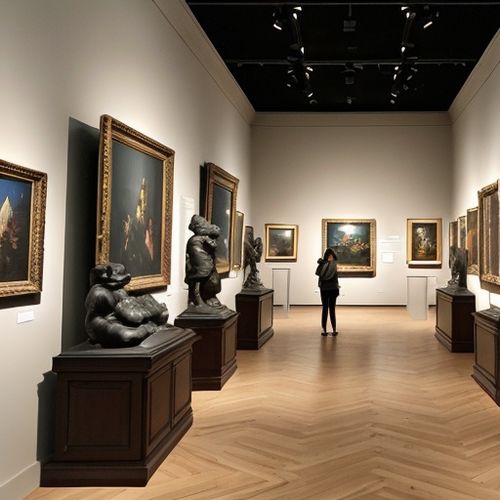
By Sophia Lewis/Apr 11, 2025
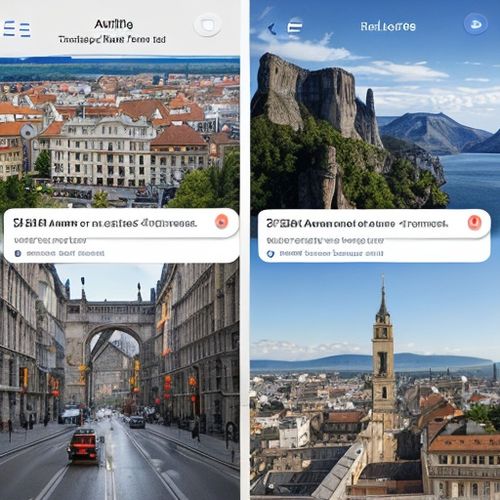
By Sophia Lewis/Apr 11, 2025
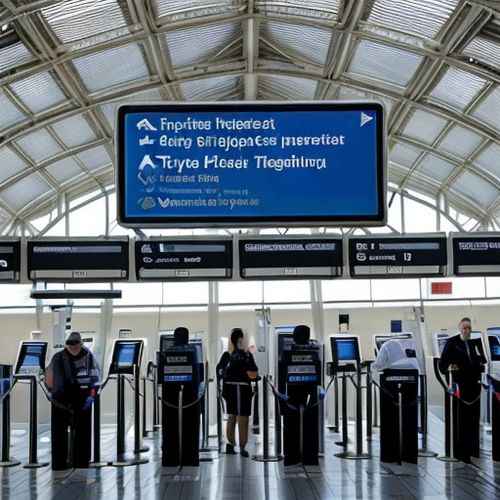
By Lily Simpson/Apr 11, 2025
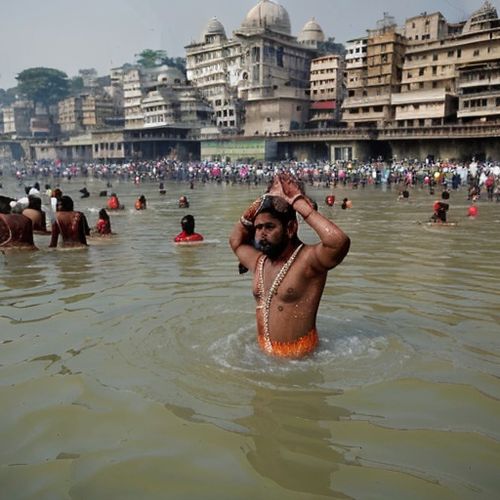
By Sophia Lewis/Apr 11, 2025

By William Miller/Apr 11, 2025

By Ryan Martin/Apr 11, 2025

By David Anderson/Apr 11, 2025
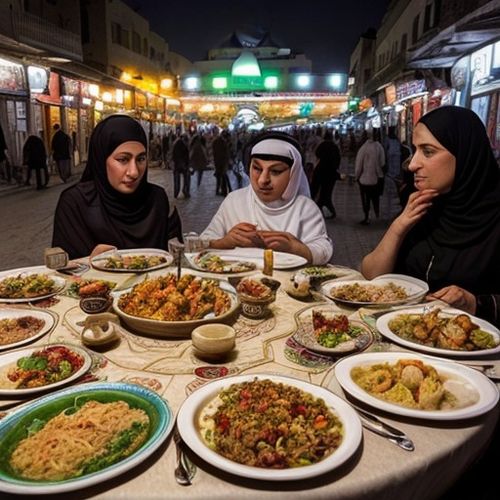
By Ryan Martin/Apr 11, 2025

By Laura Wilson/Apr 11, 2025

By Eric Ward/Apr 11, 2025

By Ryan Martin/Apr 11, 2025